Eric Hallahan
Pythia: A Suite for Analyzing Large Language Models Across Training and Scaling
Apr 03, 2023
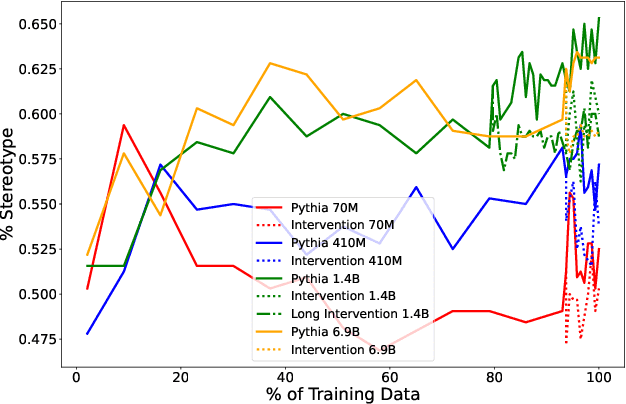
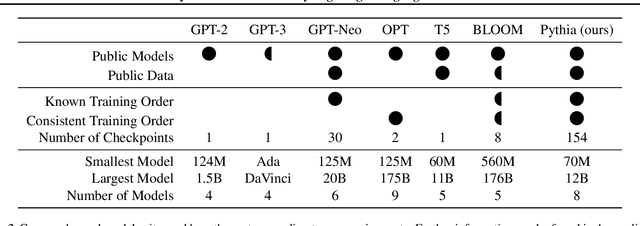
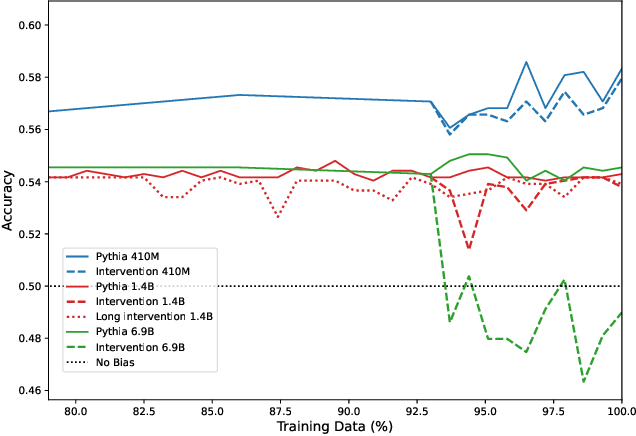
Abstract:How do large language models (LLMs) develop and evolve over the course of training? How do these patterns change as models scale? To answer these questions, we introduce \textit{Pythia}, a suite of 16 LLMs all trained on public data seen in the exact same order and ranging in size from 70M to 12B parameters. We provide public access to 154 checkpoints for each one of the 16 models, alongside tools to download and reconstruct their exact training dataloaders for further study. We intend \textit{Pythia} to facilitate research in many areas, and we present several case studies including novel results in memorization, term frequency effects on few-shot performance, and reducing gender bias. We demonstrate that this highly controlled setup can be used to yield novel insights toward LLMs and their training dynamics. Trained models, analysis code, training code, and training data can be found at https://github.com/EleutherAI/pythia.
VQGAN-CLIP: Open Domain Image Generation and Editing with Natural Language Guidance
Apr 18, 2022



Abstract:Generating and editing images from open domain text prompts is a challenging task that heretofore has required expensive and specially trained models. We demonstrate a novel methodology for both tasks which is capable of producing images of high visual quality from text prompts of significant semantic complexity without any training by using a multimodal encoder to guide image generations. We demonstrate on a variety of tasks how using CLIP [37] to guide VQGAN [11] produces higher visual quality outputs than prior, less flexible approaches like DALL-E [38], GLIDE [33] and Open-Edit [24], despite not being trained for the tasks presented. Our code is available in a public repository.
GPT-NeoX-20B: An Open-Source Autoregressive Language Model
Apr 14, 2022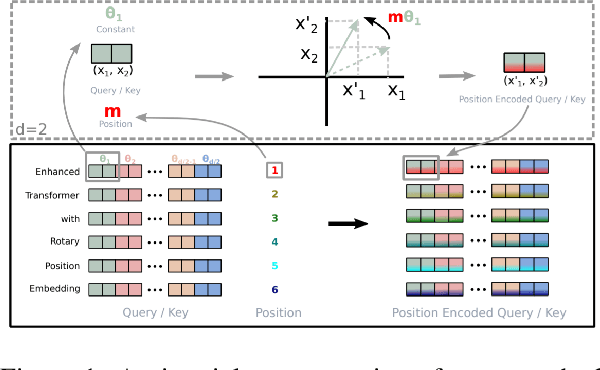
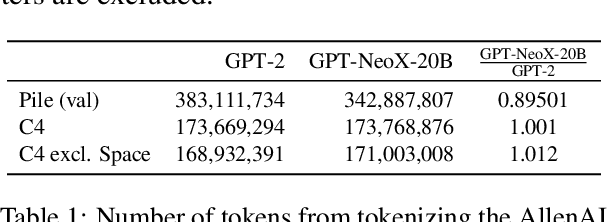
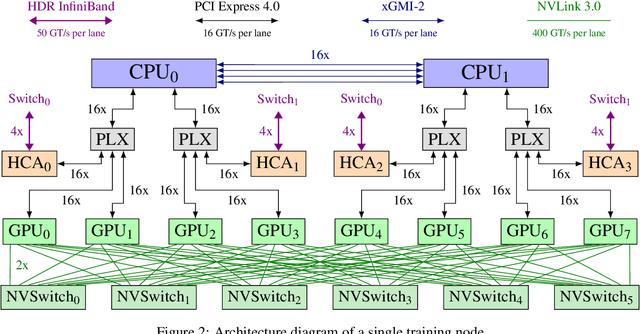
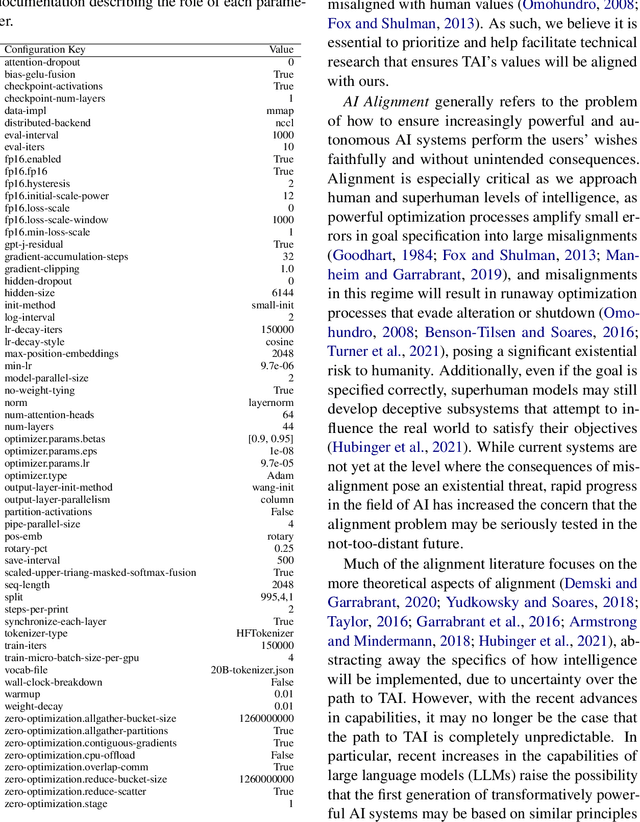
Abstract:We introduce GPT-NeoX-20B, a 20 billion parameter autoregressive language model trained on the Pile, whose weights will be made freely and openly available to the public through a permissive license. It is, to the best of our knowledge, the largest dense autoregressive model that has publicly available weights at the time of submission. In this work, we describe \model{}'s architecture and training and evaluate its performance on a range of language-understanding, mathematics, and knowledge-based tasks. We find that GPT-NeoX-20B is a particularly powerful few-shot reasoner and gains far more in performance when evaluated five-shot than similarly sized GPT-3 and FairSeq models. We open-source the training and evaluation code, as well as the model weights, at https://github.com/EleutherAI/gpt-neox.
 Add to Chrome
Add to Chrome Add to Firefox
Add to Firefox Add to Edge
Add to Edge